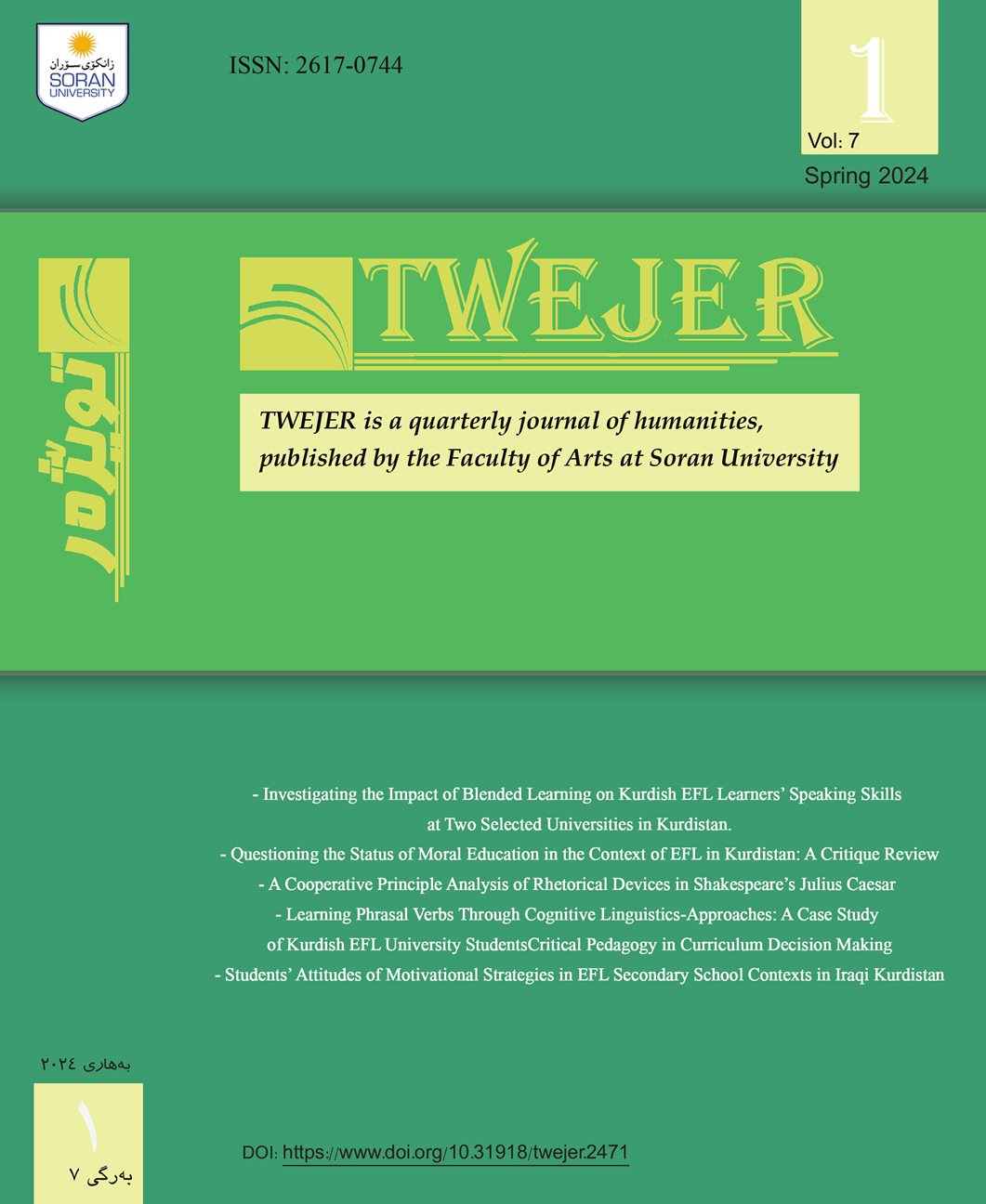The impact of Iran's nuclear program on relations between Western countries and the Islamic Republic of Iran after 2015
DOI:
https://doi.org/10.31918/twejer.2471.29Keywords:
Iran ،western countries ،nuclear weapons ،and theAbstract
This paper aims to research the turning point of Iranian nuclear program. Subsequently, it also deals with the relations of the deal with political changes in Iran. The significance of the subject is that it is one of the most controversial topics of contemporary international relations. A political analysis method has been conducted and the research’s data have been dealt with by the method of variables. The main argument of the essay is as follows: while the Islamic Republic of Iran claims, she is entitled to atomic activities for peaceful purposes, the international community distrusts their rhetoric. The international community is proving, with evidence, that the Islamic Republic aims to acquire atomic weapons, hidden behind the program. Iran cannot convince the international community that she does not have militaristic goals behind the program, given several revelations on her unlawful activities by IAEA. Meanwhile, the international community has been unable to find a diplomatic solution, even with the varieties of sanctions, to deter Iranians from following the atomic ambitions. As a result, the JCPoA seems to be dissolved, raising the probabilities of political and even military tensions.
Downloads
Downloads
Published
Issue
Section
License

This work is licensed under a Creative Commons Attribution-NonCommercial-ShareAlike 4.0 International License.






